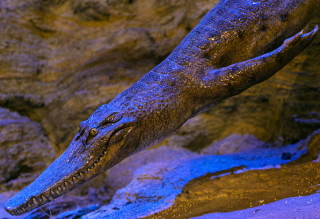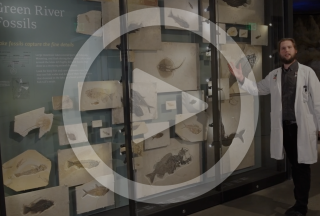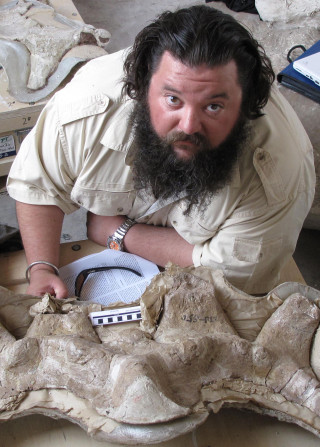Ever-changing Environments - Stay Curious, Utah!

From savannah plains to swamps to a lake-covered landscape, the area that would become Utah has featured many different environments throughout Earth’s history. These dramatic ecosystem changes happened slowly over thousands to millions of years, and with each change came a new chance for different animals to wander the lands. Explore the Past Worlds gallery to learn more about these changes and what they can tell us about how plants and animals survive in our continually changing world.

Virtual Field Trip of Past Worlds
Walking through the Past Worlds exhibition, students will journey through millions of years of Utah’s ancient environments and their changing life forms. Stories of long-lost ecosystems and animal diversity, as well as those highlighting the work of Museum paleontologists, can be found along the way.
Activities

Fossil Exploration
Determine what Utah looked like long ago through observations and inferences.

Extinction Event Newscaster
Explore and engage student curiosity in creating and reporting on an extinction event.

Design A Dino
Design a dinosaur and use household objects to create an impression fossil.
Recorded Q&A with Paleontologist Dr. Mark Loewen - October 28, 2020

Mark Loewen is a vertebrate paleontologist at the University of Utah. He specializes in research on Jurassic and Cretaceous dinosaurs with an emphasis on the taxonomy, evolution, and biogeography of meat-eating, armored, and horned dinosaurs. Along with colleagues he has named 13 dinosaurs including Utahceratops.